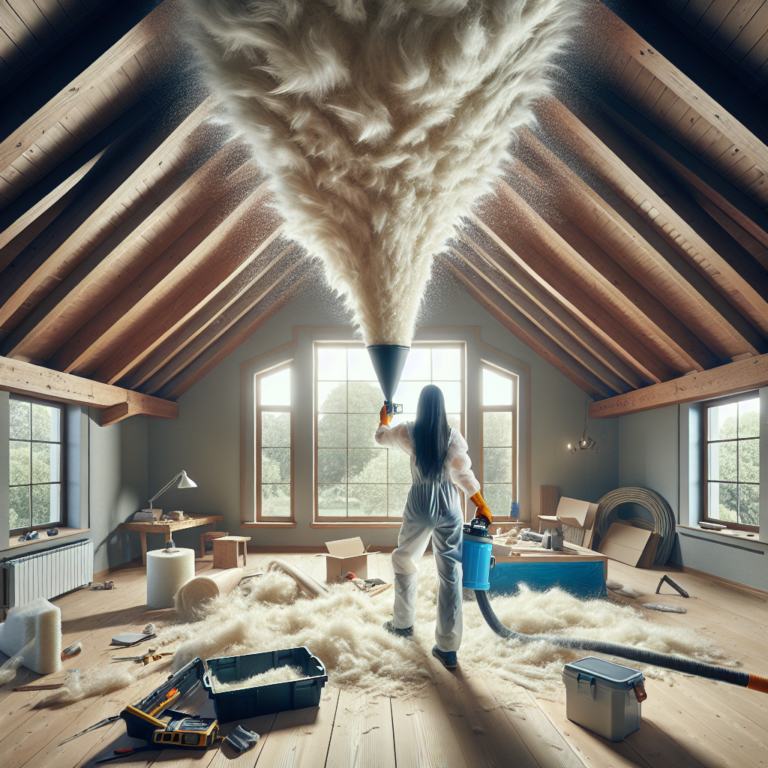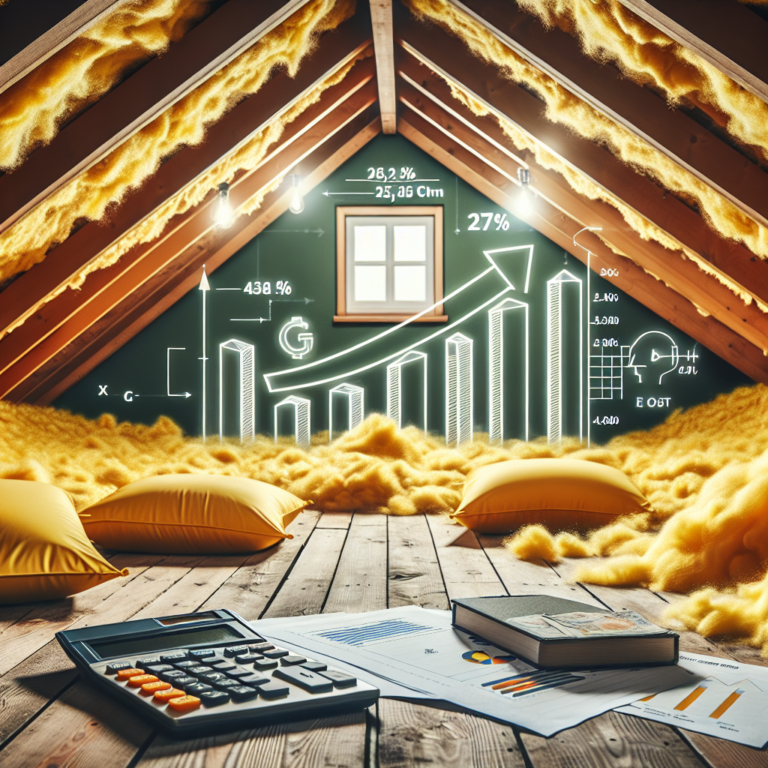Experience Ultimate Comfort and Efficiency with Blown-In Insulation for Homes

Table of Contents
- Introduction
- What is Blown-In Insulation?
- Benefits of Blown-In Insulation
- Types of Blown-In Insulation
- Installation Process
- Maintenance Tips
- FAQ Section
- Conclusion & CTA
Introduction
Blown-in insulation is a modern solution for increasing home energy efficiency and comfort. Utilizing loose-fill materials, it can be quickly installed in various areas of your home, making it an ideal choice for both new construction and retrofit projects.
What is Blown-In Insulation?
Blown-in insulation, also known as loose-fill insulation, involves blowing or spraying insulation materials into wall cavities, attics, and other spaces. This technique provides a tight fit in irregular spaces and around obstructions, forming an effective barrier against heat and cold.
Benefits of Blown-In Insulation
- Enhanced energy efficiency by reducing heat loss and gain
- Improved home comfort by maintaining consistent temperatures
- Sound dampening properties that reduce noise pollution
- Flexibility in application, suitable for old and new properties
Types of Blown-In Insulation
There are mainly three types of materials used for blown-in insulation: fiberglass, cellulose, and mineral wool. Each type has distinct advantages regarding thermal performance, fire resistance, and environmental impact.
Installation Process
Preparation
Inspecting the area and preparing it by sealing any air leaks.
Execution
Using specialized machinery to blow the insulation material into the designated spaces.
Finishing Touches
Ensuring an even distribution and patching up any necessary areas to optimize insulation coverage.
Maintenance Tips
- Regularly inspect for any settled areas and replenish material as needed.
- Check for moisture or pest infestations, which can compromise insulation efficiency.
FAQ Section
Q: What are the main advantages of blown-in insulation over traditional types?
A: Blown-in insulation offers superior coverage, especially in hard-to-reach areas, and is often more effective at improving energy efficiency and reducing noise.
Q: Is blown-in insulation safe and environmentally friendly?
A: Yes, especially cellulose insulation, which is made from recycled paper and treated with non-toxic fire retardants.
Q: How long does blown-in insulation last?
A: When properly maintained, blown-in insulation can last for over 30 years, offering a long-term solution for energy efficiency.
Conclusion & Call to Action
Investing in blown-in insulation for your home not only enhances comfort and energy efficiency but also contributes to overall home value. It’s an environmentally friendly choice that pays dividends in utility savings and comfort year-round.
???? Ready to improve your home? Click Here to get started with expert blown-in insulation services!
“`




